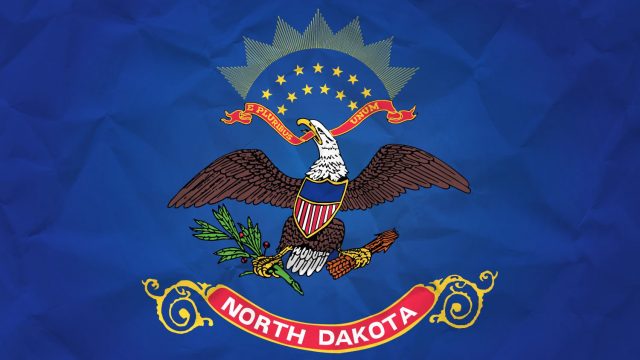Governor Jack Dalrymple: No Crisis In North Dakota

As your governor, I wanted to address some of the recent statements made about the economy of North Dakota and the state’s budget. It’s been said that North Dakota is in a state of crisis, and that assessment is completely off the mark.
In the fall of 2014, as we approached the 2015 legislative session, we were coming off a period of record economic growth. Even though surplus revenues were accumulating every month, we also faced tremendous needs that include making our highways and roads safer, providing flood protection and strengthening our law enforcement. We met those demands while also providing additional property tax relief.
Some people have questioned if we overspent. We did not, because we were careful to spend surplus cash reserves only on one-time investments like highways, flood levees and other capital projects. In this biennium, about 20 percent of our spending, or $1.2 billion, is for one-time projects that do not have to be repeated in the next biennium. That by itself will go a long way to help balance the budget for 2017-19.
At the same time, we have kept control of our ongoing appropriations, which fund continuing operations. Our ongoing general fund spending is only 3.8 percent of our Gross State Product, a measure of the state’s economy. That is actually down from 2010 when it was 4.2 percent.
Last December, after a few months of revenue shortfalls caused by low commodity prices, I called for a revised revenue forecast to determine whether a budget adjustment was in order. Completed in late January, the revised forecast showed that the state would receive $1.074 billion less revenue than projected a year earlier.
[mks_pullquote align=”right” width=”300″ size=”24″ bg_color=”#ffffff” txt_color=”#000000″]During this election cycle, some would have us believe that North Dakota’s economy is falling apart. The facts say otherwise. [/mks_pullquote]
On Feb. 1, I took action to offset the projected revenue shortfall by utilizing the Budget Stabilization Fund and other available revenues, and by requiring all state agencies to reduce their general fund spending by 4.05 percent. The state’s K-12 schools are not affected by the budget reduction, and the Budget Stabilization Fund is still projected to hold about $75 million at the close of the biennium. There will be no deficit in the current biennium. The budget is balanced and it will remain so.
Our state Legislature foresaw that a drop in commodity prices could create real problems. They wisely provided a strong carryover balance, in addition to the Budget Stabilization Fund. The allotment process to reduce general fund spending is required by state law, and our state Constitution requires a balanced budget. Overall, an excellent plan was put in place to deal with the shock of a commodity price drop, and it has worked well.
For those who are directly impacted by low energy and agricultural prices, this is certainly a difficult time. But the state as a whole continues to progress because our economy is so much more diversified than ever before.
During this election cycle, some would have us believe that North Dakota’s economy is falling apart. The facts say otherwise. Despite the downturn in commodity prices, North Dakota continues to have the lowest unemployment rate in the nation at just 2.8 percent, and we still have 13,000 job openings to fill today. Since 2007, North Dakota’s per-capita personal income has increased 5 percent a year, the strongest growth in the nation, even including the slowdown of the last three quarters.
Companies like Bobcat continue to expand their presence in North Dakota. More and more tech companies like Evolution1 and NISC are hiring and expanding their footprints in North Dakota. Today our tech industry payroll has grown to more than $1 billion a year, providing an average wage of $79,500.
In just a few short years, we have positioned North Dakota to become a national hub for the unmanned aerial systems industry. Northrop Grumman and General Atomics — world leaders in aviation and aerospace — are investing millions in North Dakota. And we’re just scratching the surface.
North Dakota continues to move forward on value-added agriculture projects and value-added energy projects. Our progress is helping to keep residents in state, and it’s attracting others who want better opportunities. After decades of out-migration and population decline, North Dakota’s population is growing faster than any other state, and North Dakota’s median age is among the youngest in the nation.
We certainly have challenges ahead. We must continue our proven strategies to further diversify our economy and balance the many other needs of our growing state. While holding the line on ongoing spending, we must also continue to provide the most efficient and responsive state government possible. But we can move forward, knowing that we are on the right track.




